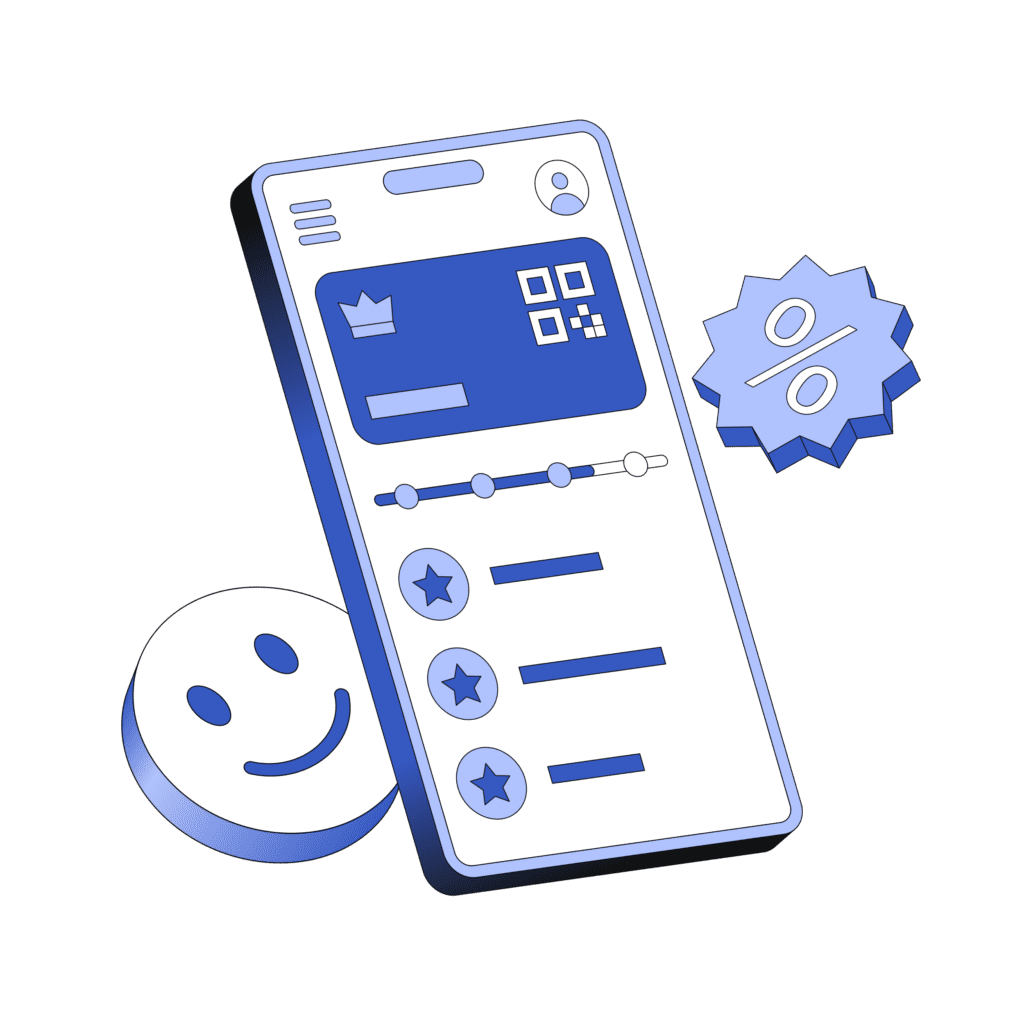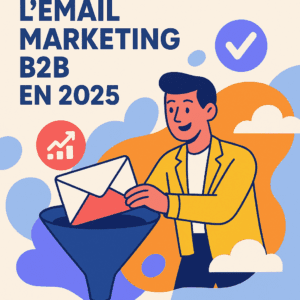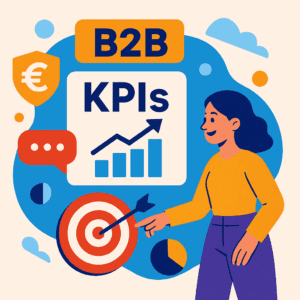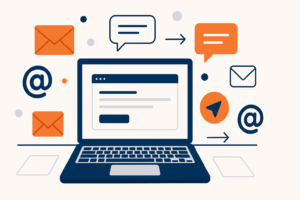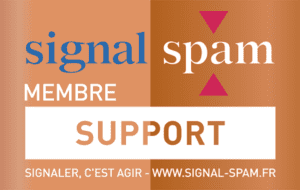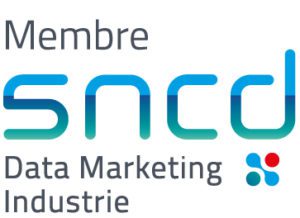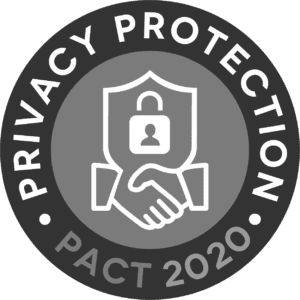Retaining existing customers is a major challenge for any B-to-B company. Not only is it more profitable to keep a customer than to acquire a new one, but a loyal customer often becomes an ambassador for your brand, reinforcing your reputation and attracting new customers.
🎯 The aim of this article is to offer you concrete strategies for strengthening the loyalty of your existing customers through well-thought-out email marketing campaigns.
1. Targeted promotional campaigns
Promotional campaigns are a powerful lever for maintaining the interest and commitment of your existing customers. However, to be effective, they must be carefully planned and personalized.
- Personalized offers: The key to a successful promotional campaign is personalization. Using the data you’ve collected on your customers, you can segment your audience so as to propose offers specifically tailored to each segment. For example, if a customer has recently purchased a particular product, you can offer them a promotion on complementary accessories or an upgraded version of that product. This personalization shows your customers that you understand their needs, which strengthens their commitment to your brand.
- Exclusivity for loyal customers: Exclusivity is a powerful driver of loyalty. Offering your most loyal customers benefits such as special discounts, early access to new products or premium services can considerably strengthen their sense of belonging. These exclusive benefits not only reward your customers’ loyalty, they also create a closer relationship with your brand, encouraging them to stay.
- Timing and frequency: The timing and frequency of your promotional emails play an important role in their effectiveness. Sending promotions too frequently can lead to saturation and unsubscribing, while sending too infrequently can reduce the impact of your offers. It’s essential to strike a balance, taking into account your customers’ buying behavior and key periods of the year, such as holidays or contract renewal periods.
2. Upselling strategies
Loyalty isn’t just about keeping a customer, it’s also about developing and enriching the relationship you have with them. Upselling is a key strategy for increasing the lifetime value of your customers.
- Upselling: Upselling involves offering your customers premium products or services that meet their growing needs or more sophisticated expectations. This can mean highlighting enhanced versions of their regular products, additional service options or even bundled offers that add value to their initial purchase. For example, if a customer uses basic software, you can offer them a more advanced version with additional features that will improve their performance.
- Loyalty programs: A well-designed loyalty program is an excellent way of rewarding your customers for their ongoing commitment. These programs can include loyalty points, cumulative discounts, or personalized services based on the level of loyalty achieved. The idea is to create a reward system that keeps your customers coming back for more. What’s more, these programs can also offer non-monetary benefits, such as invitations to exclusive events, reinforcing the emotional bond with your brand.
- Creating added value: In addition to the products and services you sell, offer your customers additional resources that enrich their experience. This can include educational content, such as webinars, workshops, or how-to guides, that help them get the most out of your offerings. For example, a company offering software solutions might organize online training sessions to help customers make full use of the product’s features. These initiatives show that you care about your customers’ success, which reinforces their loyalty.
3. Identify additional needs
Building customer loyalty also requires an in-depth, ongoing understanding of your customers’ needs. By anticipating these needs, you can offer them solutions even before they express them, thereby boosting customer satisfaction and loyalty.
- Customer data analysis: Data analysis is a necessary step in anticipating your customers’ future needs. By examining purchasing trends, feedback and interactions with your services, you can identify opportunities to offer additional solutions. For example, if you notice that a customer regularly buys a particular product, you could offer complementary products or support services that would enhance their overall experience.
- Surveys and feedback: Soliciting feedback directly from your customers is a simple but effective strategy for understanding their expectations. Surveys, polls or even one-to-one interviews can reveal valuable insights into what your customers are really looking for, and where they think you could improve your offering. This participative approach shows your customers that their opinions count, which strengthens their attachment to your brand.
- Cross-selling: Cross-selling involves offering complementary products or services based on your customers’ previous purchases. For example, if a customer has bought a printer, you could offer them ink cartridges, special paper or even a maintenance contract. Not only does this strategy increase the value of each transaction, but it also demonstrates that you are attentive to your customers’ specific needs, helping to strengthen their loyalty.
Conclusion
Retaining your existing customers through email marketing is an essential strategy for ensuring the growth and sustainability of your B-to-B business. By using targeted promotional campaigns, proposing offers tailored to their needs and anticipating their future expectations, you can not only retain your customers, but also transform these relationships into solid, long-lasting partnerships. 🔄 Put these strategies into practice now to see a significant impact on your customers’ loyalty.
Additional tips
- Ongoing monitoring: It’s vital to track the performance of your campaigns and adjust your strategy according to the results. Analyze open rates, click-through rates and conversions to fine-tune your next campaigns. 📊
- Innovation and adaptability: The B-to-B world is changing fast, and it’s important to remain flexible and innovative to continue meeting your customers’ expectations. Explore new approaches, test different strategies and don’t hesitate to think outside the box to keep your customers interested and engaged.

